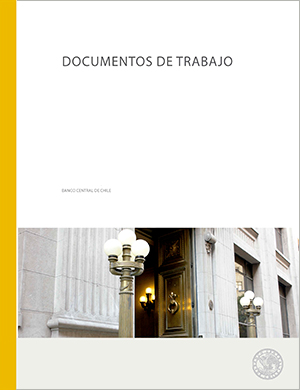Documento de Trabajo N° 999: Relationship Lending: Characteristics and Real Effects
Publicaciones
Documento de Trabajo N° 999: Relationship Lending: Characteristics and Real Effects
Autor: Miguel Acosta-Henao , Sangeeta Pratap , Manuel Taboada
Descripción
Evaluamos los mecanismos detrás de los préstamos dentro de relaciones entre firmas y bancos y sus consecuencias macroeconómicas. Usando datos confidenciales del registro de crédito emparejados con registros de impuestos en Chile, encontramos que una relación más cercana con un banco le da a las firmas acceso a más crédito con mejores términos. Firmas más productivas y más grandes tienen relaciones más cercanas con los bancos. Construimos un modelo dinámico de comportamiento de la firma donde las firmas simultáneamente escogen su estatus de relación con el banco y toman decisiones de inversión y endeudamiento. Calibrando el modelo a los datos de Chile, encontramos que préstamos dentro de relaciones permiten mejor monitoreo y filtración de las firmas, proveen garantías implícitas a otros acreedores, y requieren una menor cantidad de colateral. Firmas más productivas se seleccionan a tener relaciones con los bancos, y préstamos dentro de relaciones entre firmas y bancos permiten mayores montos a menores tasas de interés. Experimentos contrafactuales indican que los efectos de los préstamos dentro de las relaciones entre firmas y bancos son considerables. Extender los beneficios de estas relaciones a todas las firmas resulta en un incremento de casi 30 por ciento en el producto agregado, el capital, y la PTF.
Documento de Trabajo N° 999: Relationship Lending: Characteristics and Real Effects
Recuadros y gráficos

